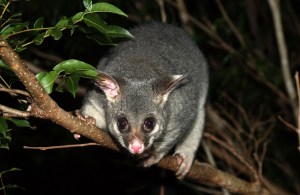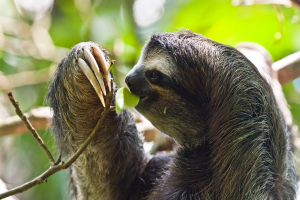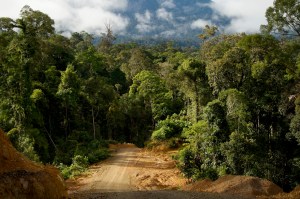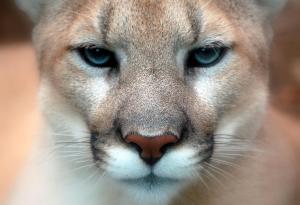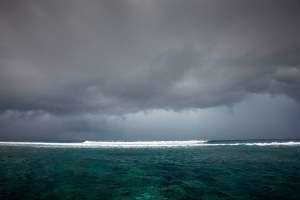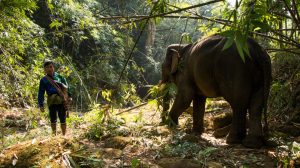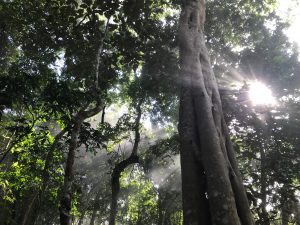Science Writer
Page 20
-
Electrofishing Threatens A Rare Dolphin-Human Partnership
Myanmar’s river dolphins have learned to fish cooperatively with humans. But illegal electrofishing threatens this rare partnership.
Justine E. Hausheer
-
Possum Terrors and Rediscovering Urban Wildlife
How a move across the world - and a terrifying possum - helped me rediscover urban wildlife.
Justine E. Hausheer
-
The Incredible Adventure of the Pooping Sloth
There was absolutely no mistaking what was about to happen. This sloth was about to poop. And we were going to watch.
Justine E. Hausheer
-
Human Health At Risk As Tropical Forests Disappear
Widespread forest clearing in Indonesia could be putting people’s health at risk, as trees provide powerful cooling services.
Justine E. Hausheer
-
How Wild Predators Can Improve Human Health
Wild predators are almost always painted as the villain in myth and popular culture, but the truth is that predators are key for healthy ecosystems, and even healthy people.
Justine E. Hausheer
-
The Ocean Has Almost No Wilderness Left
New research shows that just 13.2 percent of the ocean remains as wilderness, free from human impacts.
Justine E. Hausheer
-
Saving Myanmar’s Timber Elephants
Logging elephants are an incredible part of Myanmar’s history — but they’re also key to help reduce the negative impacts that logging can have on the forests.
Justine E. Hausheer
-
Illegal Logging & Energy Shortages Pressure Myanmar’s Forests
Facilitated by organized crime, illegal logging threatens to destroy Myanmar’s forests. But a national energy crisis and the ensuing fuelwood demand pose an equal threat.
Justine E. Hausheer and Timothy Boucher

